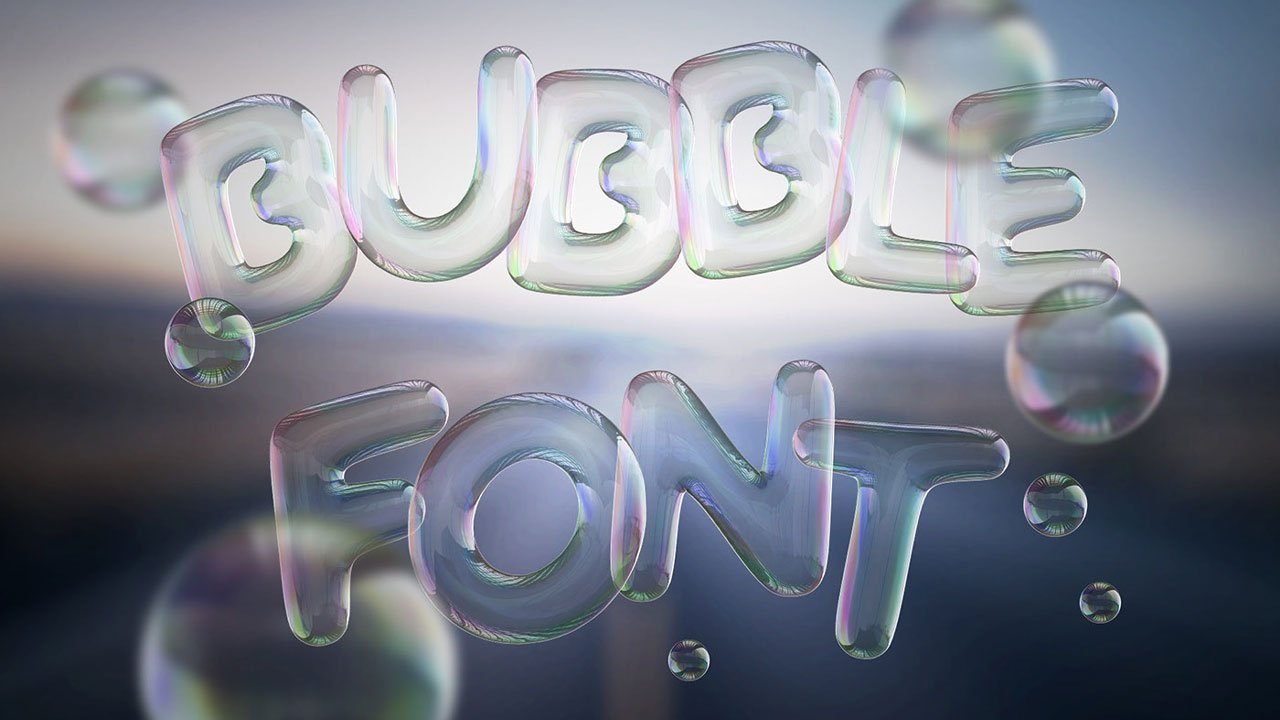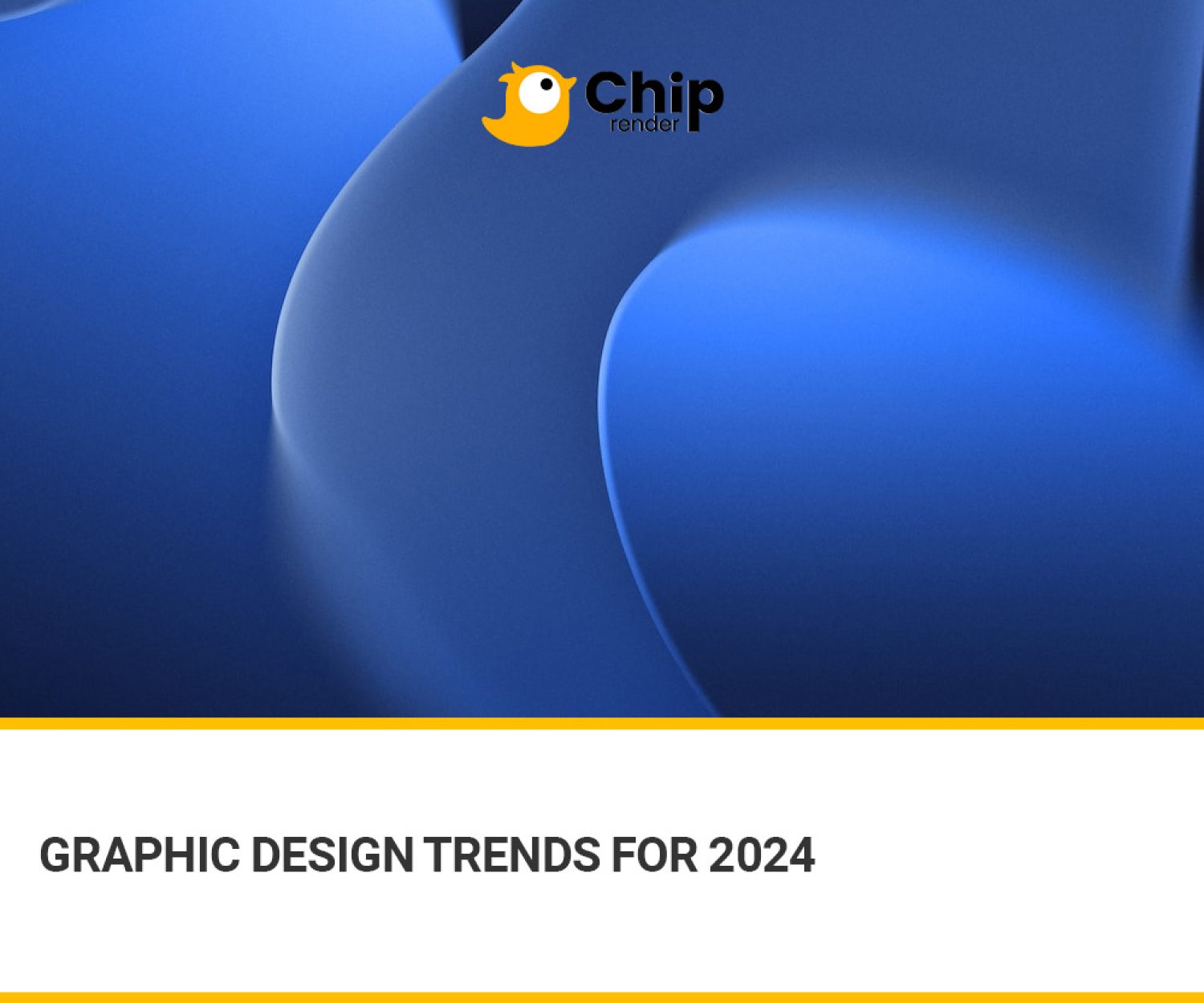Regardless of whether you work as a designer or for a design firm, all you have to know is that you must keep up with the most recent trends in graphic design. No customers come in and ask “What’s that you have in the latest?” and “I want that!” In fact, they come to get solutions to their marketing communications-related issues and requests. They are significantly less concerned about design trends than designers are. Therefore, it’s a good idea if you can understand the market’s lifestyle before you decide to create a graphic design trend. In this blog today, Chip Render will discuss some hot graphic design trends and discover how to make them work for your own branding in 2024.
Understanding of Graphic Design Trends
What is the Graphic Design Trend?
Graphic design trends refer to the styles and techniques that are popular in the field of graphic design at a particular time. These trends can include color schemes, typography, layouts, and visual elements. Therefore, keeping up with graphic design trends is important for designers to ensure their work is current and relevant to their audience.
The Importance of Graphic Design Trends
It’s necessary for graphic designers to stay current with design trends for multiple reasons:
Relevance and Appeal: As customers preferences change throughout time, so do graphic design trends. Also, keeping up with the times enables designers to produce images that feel relevant and connect with modern consumers.
Client Expectations: Depending on prevailing patterns, clients may have particular expectations. Designers can better match their work with client preferences and industry standards by being aware of these developments.
Versatility and Adaptability: Up-to-date designers are able to modify their approach to suit various projects and customer requirements. Design versatility can open up a lot of new possibilities.
Competitive advantage: Customers frequently look for trendy, creative designs. Then keeping up with the latest trends gives designers a competitive advantage in the market by enabling them to provide creative solutions.
Inspiration and Creativity: Seeing new trends can stimulate designers’ ideas and encourage them to work with various methods, approaches, and styles.
Future-Proofing Skill: Trends can show the direction that an industry is taking. Recognizing these trends aids designers in projecting future needs and modifying their skill sets appropriately.
Graphic Design Trends for 2024
3D type and bubble text
3D Type and Bubble Text are graphic design terms to describe specific typography styles. In fact, 3D Type refers to a typeface that has a three-dimensional appearance to create engaging graphics and designs. Bubble Text refers to text that appears to be floating or suspended, creating a playful and lighthearted effect. Both styles are commonly used on websites, social media, and other digital platforms to enhance visual design and make content more visually appealing.
AI-power designer
AI-powered design is a method of creating designs and graphics using artificial intelligence. It can analyze large amounts of data and make suggestions for design elements or patterns. Besides, AI-powered design is becoming increasingly popular as it can save time and improve the accuracy of design decisions.
AI assistant is a great illustration of how technology is causing significant changes in the design sector. 2024 will be the year of AI-powered design, since this technology has gained popularity in the graphic design industry.
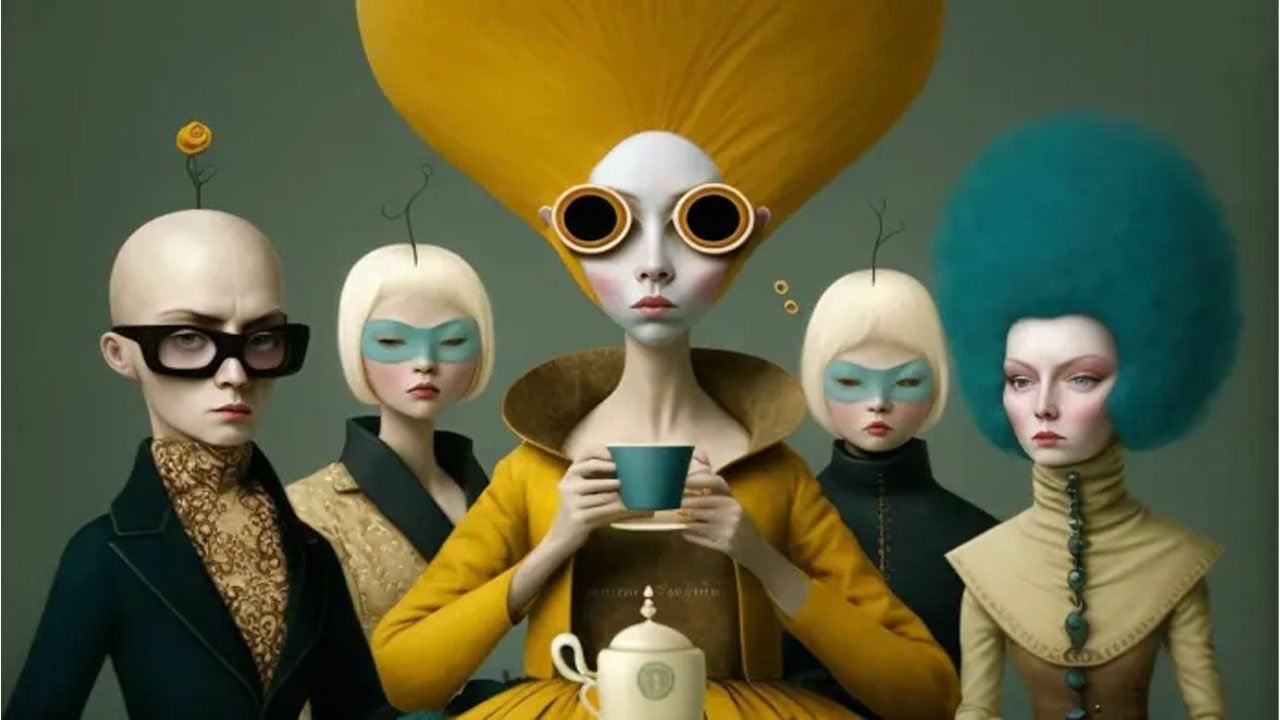
Abstract gradients and color transitions
Abstract gradients are a type of image development technique that uses color changes to create a gradient in an abstract image. Color transitions are a similar concept that involves smoothly transitioning from one color to another in a design. Both techniques can be used to create visually appealing images, especially in the design world. They involve a process of adjusting the color values and settings in a program such as Photoshop to create the desired effect.
‘70s nostalgia
’70s nostalgia refers to a feeling of fondness or longing for the culture and events of the 1970s. It’s a fond look back on the decade that was marked by social and political changes, popular culture, music, fashion, and technological advancements.
Popular graphic design trends from the 1960s and 1970s will make a comeback in 2024. These trends include faded color palettes, retro checkers, stripes, florals, and other wacky patterns that mark “the golden years.”
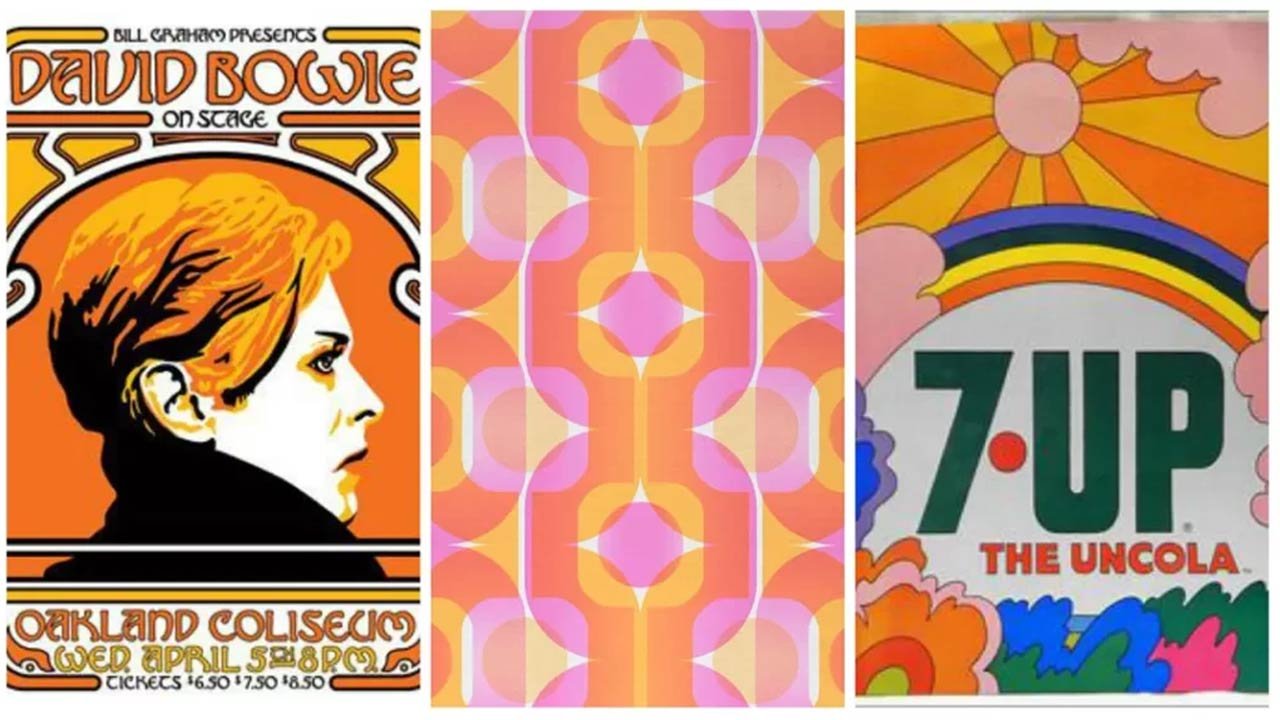 Vintage minimalism
Vintage minimalism
Vintage minimalism is a design style that combines elements of minimalism with vintage or retro style. It often features clean lines, simple forms which focus on functionality and classic or antique design elements. This style is popular in interior design, fashion, and graphic design.
Gradient
Gradient design refers to the use of color gradients in design, such as computer graphics or web design. This process involves mixing shades of color in a smooth transition, which can create a visually pleasing effect. Some common uses of gradient design are backgrounds, typography, and logo design. Trends for gradient design include earthy and pastel tones, as well as muted and neon-bright colors.
Pixel
Pixel graphic design is a type of digital art or graphics that uses individual pixels to create images. The term refers to the visual representation of an image using tiny grids of pixels, often creating a retro style. With the ability to produce photos, locos, and icons with remarkable details, each of those pixels has its own color and color range. Moreover, Pixel art can be used in a variety of applications, such as video games, web design, and branding.
Geometry
Geometry is becoming more popular in design, which is another step backward toward the mid-century. Geometric shapes, patterns, and fonts can be major themes in 2024.
Geometry refers to the study of the measurements, and construction of points, lines, angles, shapes. In graphic design, designer use geometry to create visually appealing compositions by arranging elements in space. Also, some common geometry concepts in graphic design include symmetry, proportion, and alignment.
Illustration and logo mascots
Mascots are widely used in graphic design to enhance brand recognition and create characters. Illustration and logo mascots are two types of visual designs that promote businesses and products. Mascots can be in various forms such as animals, humanlike characters, or cartoon figures. With the increasing popularity of digital marketing, mascots have become an essential element in creating a strong online presence for businesses.
Anime bold
Anime bold graphic design refers to a style of graphic design that incorporates bold, stylized characters and backgrounds inspired by Japanese anime. This style is often popular in advertising, marketing, and other forms of visual communication.
For example, when you run a clothing store or a cafe, you can apply this style for a variety of design and marketing materials, such as social media graphics, posters, flyers, and even packaging. You can adjust it to meet your unique needs because of its versatility.
Wrap up
All in all, the world of graphic design is always developing with new trends, styles appearing every year. Some of them can be temporal trends, but others can stay for a long time to have a noticeable visual influence in the industry. The design competition is intense than ever, and adaptation is key to maintaining a leading position. Therefore, you need to know how to update market demands and trends so that you can create visually appealing graphic design for your jobs.
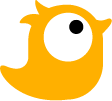
If you are working as a designer or 3D artist and looking for a strong workstation for your jobs, Chip Render Farm is one of the wonderful solutions. We offer single and multiple GPU rendering at the lowest cost and most user-friendly workflow for Lumion, Unreal Engine, Twinmotion, Daz 3D, KeyShot, Blender, Redshift, Octane, and more. Whether you work at your studio or at home, we want to provide a platform that is as near as possible to your local production methods. All these motivated us to create Chip Render Farm.

